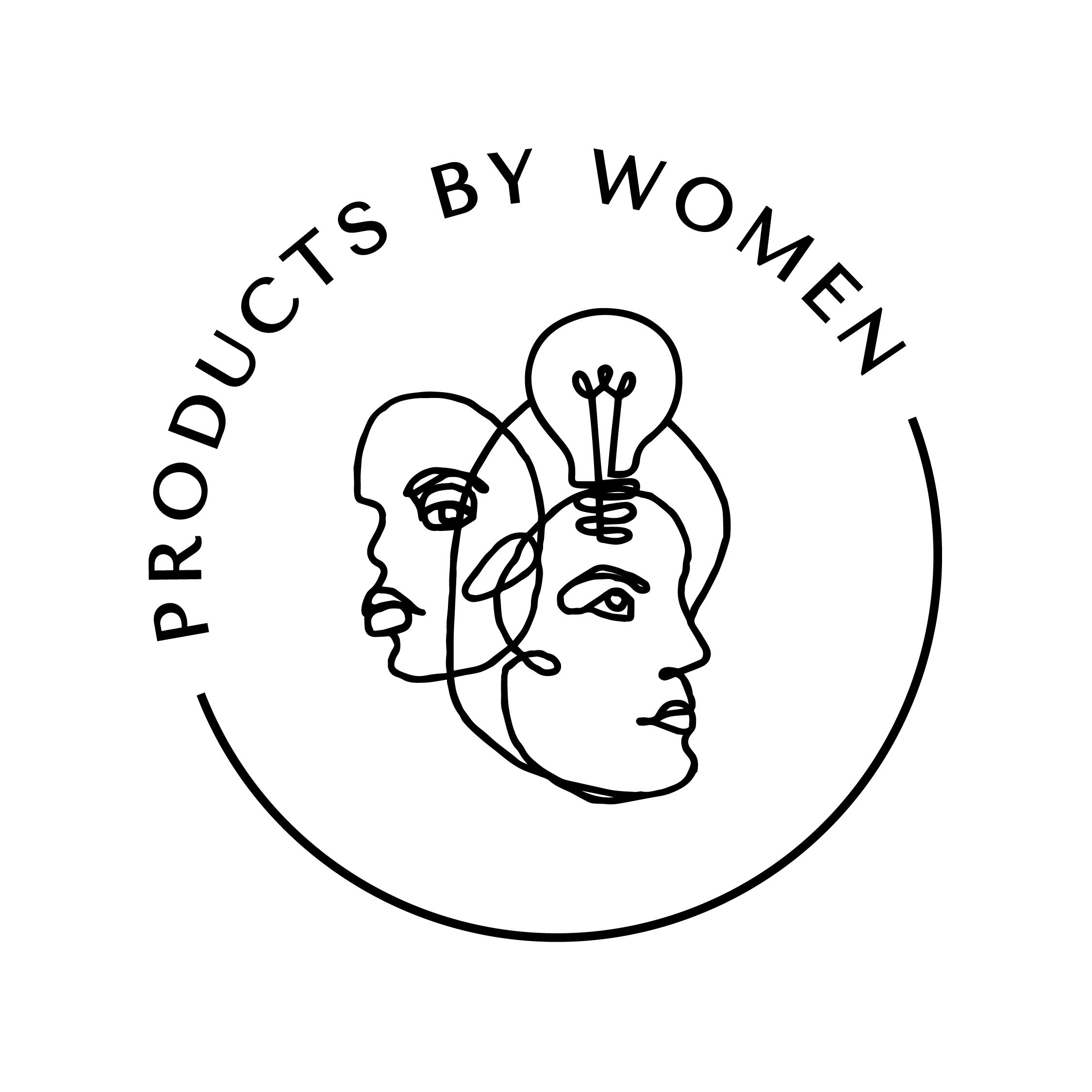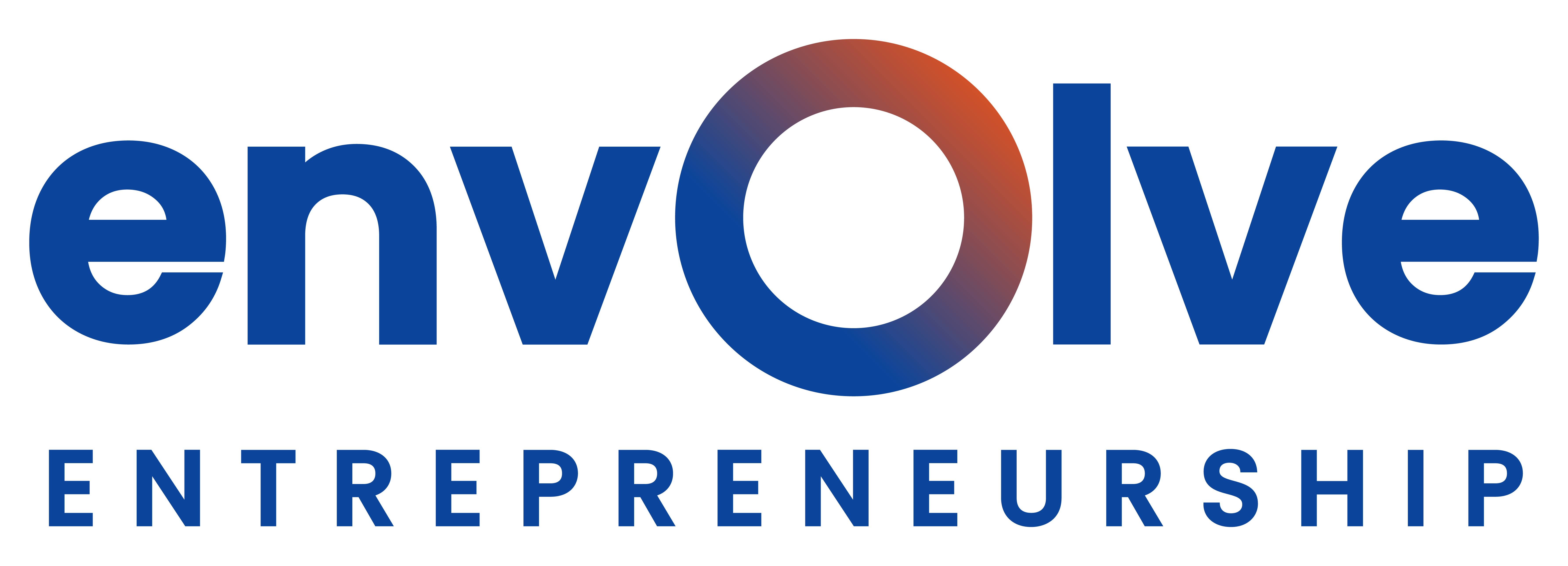
Executive Summary
Women remain significantly underrepresented in leadership roles across the tech industry. Despite growing attention to diversity and inclusion, many women continue to face systemic barriers on the path to leadership. The Women in Tech: Barriers to Leadership Survey 2025, conducted by WomenTech Network, gathered responses from 4274 women globally to explore these challenges in depth.
Key findings highlight persistent gender bias, limited access to mentorship and networking, and a lack of transparency in promotions. Additionally, most women report difficulties balancing work and personal responsibilities, and many question the effectiveness of diversity initiatives. These findings emphasize the urgent need for actionable strategies to foster equitable and inclusive leadership pipelines in tech.
72%
Of women experienced gender bias that affected their promotion or leadership opportunities.
56%
Of women faced discrimination or harassment that hindered career progression.
58%
Of women do not have equal access to networking as male colleagues.
70%
Of women believe promotion processes are unfair and lack transparency.
67%
Of women say work-life balance policies negatively affect their leadership prospects.
85%
Of women reported experiencing imposter syndrome or self-doubt.
.
Survey Demographics
These demographics provide a comprehensive view across different experience levels and geographic regions, showcasing a broad cross-section of women navigating the tech industry’s leadership pipeline.
Respondents:
4274 women in tech
Regions Represented:
North America: 68.4%
Europe: 20.3%
Other Regions
(Asia, Australia, Africa, South America): 11.3%
Roles Represented:
C-suite Executives: 15.3%
Directors and Managers: 48.5%
Junior/Mid-level Individual Contributors: 36.2%

The Cumulative Effect
These challenges interact over time, making it significantly harder for women to advance, gain visibility, and remain in leadership pipelines.
For example, gender bias and unsupportive cultures fuel self-doubt, while the lack of mentorship limits growth. The absence of work-life balance support further reduces women’s ability to take on leadership roles without personal cost.
One powerful way to push back against these barriers is by becoming a professional member of a women-powered network—opening doors to mentorship, community, and resources designed to uplift and support your journey.
Impact of Barriers
The above-mentioned barriers are not isolated; they are deeply interconnected and create a cumulative disadvantage for women striving for leadership in tech. Respondents selected multiple barriers from a list, and the top five self-identified challenges (see below) reflect both structural inequities and internal struggles shaped by workplace dynamics.



“I feel like I have to work twice as hard just to be seen at the same level as my male peers. It’s exhausting and makes me question if it’s worth staying.”
“I feel I don’t have the same access to mentorship opportunities as my male colleagues, which means I miss out on critical advice and networking.”
“I struggle to balance my responsibilities as a mother with my job. Even with flexible hours, I’m penalized for taking time off for family commitments.”
“These are not abstract numbers. They are real stories of talented women working twice as hard to be seen, and still struggling to rise,” said Anna Radulovski, founder of the WomenTech Network. “This data should encourage a collaborative industry response—one focused on actionable improvements that benefit everyone, from the talent pipeline to the leadership team."
In response to these systemic challenges, Anna Radulovski authored Chief in Tech, an upcoming book published by Wiley, providing a practical blueprint for women to navigate leadership barriers. Featuring stories and strategies from more than 50 tech executives, the book expands on the report’s findings with frameworks like the MOSAIC Mentorship Model and the Personal Brand Formula. “Chief in Tech is a practical guide for anyone committed to creating more inclusive and effective leadership teams,” Radulovski said. “It’s written to support aspiring leaders and the companies that value their contributions.”
Community Partners
Thank you to our incredible community partners for supporting the Women in Tech: Barriers to Leadership Survey 2025—your contribution made a meaningful impact in amplifying voices and driving change.












